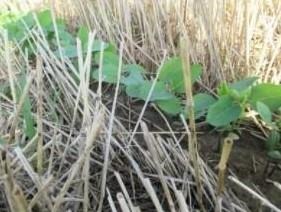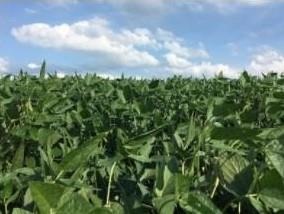
Researchers determine planting double crop soybeans at 200,000 seeds per acre has the highest probability of creating a positive economic return.
The researchers tested several soybean relative maturity groups and seeding rates. “These are two agronomic practices every producer must consider,” says Knott.
Soybean relative maturity groupings are a numerical scale that describe how fast soybean varieties develop in relation to day lengths in different regions. In general, the lower the number, the faster the soybean plants are ready for harvest.
Much of the previous research on double cropping soybean is 30 to 40 years old. Knott and her colleagues wanted to make sure that the current recommendations for double crop soybean were still valid to maximize seed production and profitability.

A recent study found the longest soybean relative maturity groups led to the highest yield in double crop soybeans.
“Weather conditions have changed during that time,” says Knott. “They are predicted to keep changing in the coming years, as well.”
Double crop soybean accounts for about 10% of soybeans produced in the Upper Mid-South and Ohio River Valley regions. However, that figure was as high as 36% of the region’s soybean production in the past.
“The logistics of the double crop system can be very demanding at times,” says Knott.
There is potential for reduced profitability. There are also some increased risks associated with producing double crop soybean.
Knott and her colleagues set out to identify profitable farming strategies for double crop soybean. They also aimed to understand the various risk factors.
Study sites were in western Kentucky. Four soybean relative maturity groups at five different seeding densities were tested over two growing seasons. The researchers determined the relative maturity groups and seeding densities that produced the highest yields.
Click here to see more...